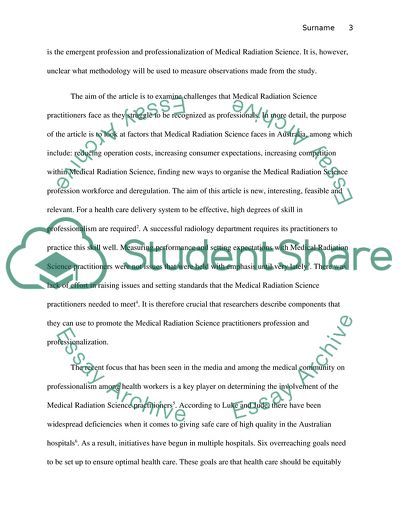Cite this document
(Why Professionalism in Radiology Department Is Mandate Term Paper, n.d.)
Why Professionalism in Radiology Department Is Mandate Term Paper. https://studentshare.org/health-sciences-medicine/1741136-when-profession-and-professionalisation-in-medical-radiation-science-as-an-emergent-profession
Why Professionalism in Radiology Department Is Mandate Term Paper. https://studentshare.org/health-sciences-medicine/1741136-when-profession-and-professionalisation-in-medical-radiation-science-as-an-emergent-profession
(Why Professionalism in Radiology Department Is Mandate Term Paper)
Why Professionalism in Radiology Department Is Mandate Term Paper. https://studentshare.org/health-sciences-medicine/1741136-when-profession-and-professionalisation-in-medical-radiation-science-as-an-emergent-profession.
Why Professionalism in Radiology Department Is Mandate Term Paper. https://studentshare.org/health-sciences-medicine/1741136-when-profession-and-professionalisation-in-medical-radiation-science-as-an-emergent-profession.
“Why Professionalism in Radiology Department Is Mandate Term Paper”. https://studentshare.org/health-sciences-medicine/1741136-when-profession-and-professionalisation-in-medical-radiation-science-as-an-emergent-profession.


